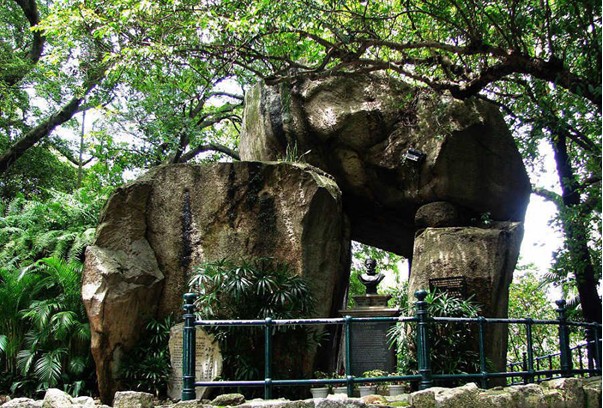
Luís de Camões and Camões Grotto
The Camões Garden was constructed in the mid-18th century. It was originally the property of the Portuguese adviser Manuel Pereira and was later leased to the branch office of the Britain East India Company in Macao. The Camões Grotto within the precinct of the Garden was built with three rocks. Allegedly, the renowned Portuguese poet, Luís de Camões, came to Macao in the mid-16th century and had sojourned for two years, during which he completed the famous epic, “The Lusiads” in the Grotto.
Address: Praça de Luís de Camões, Jardim Luís de Camões, Macau
Going to next stop: 2 minutes’ walk
Address: Praça de Luís de Camões, Jardim Luís de Camões, Macau
Going to next stop: 2 minutes’ walk
Last Update :
Please use Chrome.
© Municipal Affairs Bureau, All rights reserved
Please use Chrome.
© Municipal Affairs Bureau, All rights reserved










